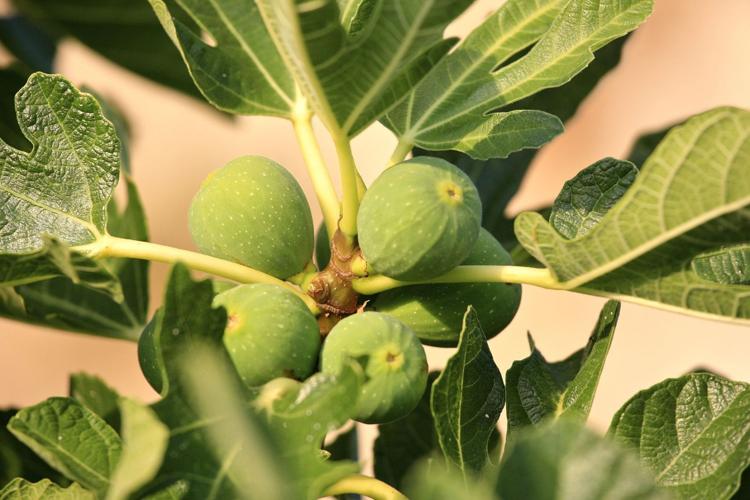Question: I am trying to find out what kind of plants I can plant in my garden that will help ward off insects.
Answer: Despite a large amount of misinformation published on this topic, there are no plants that can be used to repel insects effectively. There are, however, plants that can be planted together to reap other benefits. Flowering plants can be used to attract beneficial insects that help manage pests. Mostly these helpful plants are flowering plants that supply nectar and pollen to the predators and parasites that prey on pest insects. The nice thing is most any flowering plants can be effective in this way so you can choose ones that you like and that do well in your area. One plant feature that works well is flowers that face up and form a cup or sorts that can hold rainwater since water can be scarce. Another idea is planting varieties that are more attractive to pests and can be used as trap crops to lure the pests away from a desirable crop. The grower then has the option to spray the trap crop with the pests on it or simply let them eat it. Also, some plants act as nurse plants for more sensitive species by shading them. We often see saguaro cacti growing this way naturally in the desert.
Question: What should I expect of my citrus trees after the recent cold weather. They’re losing every leaf. Is there anything special I should do to give them a fighting chance to survive?
Answer: The important thing to do now is wait and see how they respond once the warm weather begins. Since the foliage has been reduced, you should cut back your watering by half. Without leaves, trees will take up less water and you do not want excess water around the roots. Also hold off on any fertilization until March 15. Once they start growing again you will see where the dead parts are, and then you can prune them off. It is best to wait to prune until after the last frost date (March 15) in case we have another freeze. The dead parts will protect underlying live parts. In the event of another freeze, it would be good to cover your citrus with frost cloth or a reasonable facsimile thereof if they are small enough to do so.
Question: Is there a list of fruit trees that grow in Tucson? Specifically, I am interested in peaches, apricots, cherries (sweet and sour) and apples? If they need a pollinator, which varieties do best together?
Answer: The main limiting factor to successfully growing fruit trees in Tucson is the lack of cold weather. Fruit trees require a certain amount of chilling hours to produce fruit, and we do not consistently get enough cold weather to meet the requirements for many fruit trees you may have seen or heard about in other parts of the country. Fortunately, there is a good selection of fruit trees that do fine here, and as long as you stick with these, you can have many years of harvesting your homegrown fruit. From your list of interests, you can find varieties of peaches, apricots and apples that grow well here. We don’t have cherries, but you can substitute figs, pears, persimmons, plums, quince, grapes, kiwi, blackberries, strawberries and pomegranates. Here is a link to our publication on fruits and nuts that includes much of what you need to know about these varieties. You will notice that the ones that do well in the low desert of Tucson are marked. There is a link to the pdf version that has a nice chart showing when they are harvested and if they require cross-pollination. Go to ag.arizona.edu/pubs/garden/az1269






